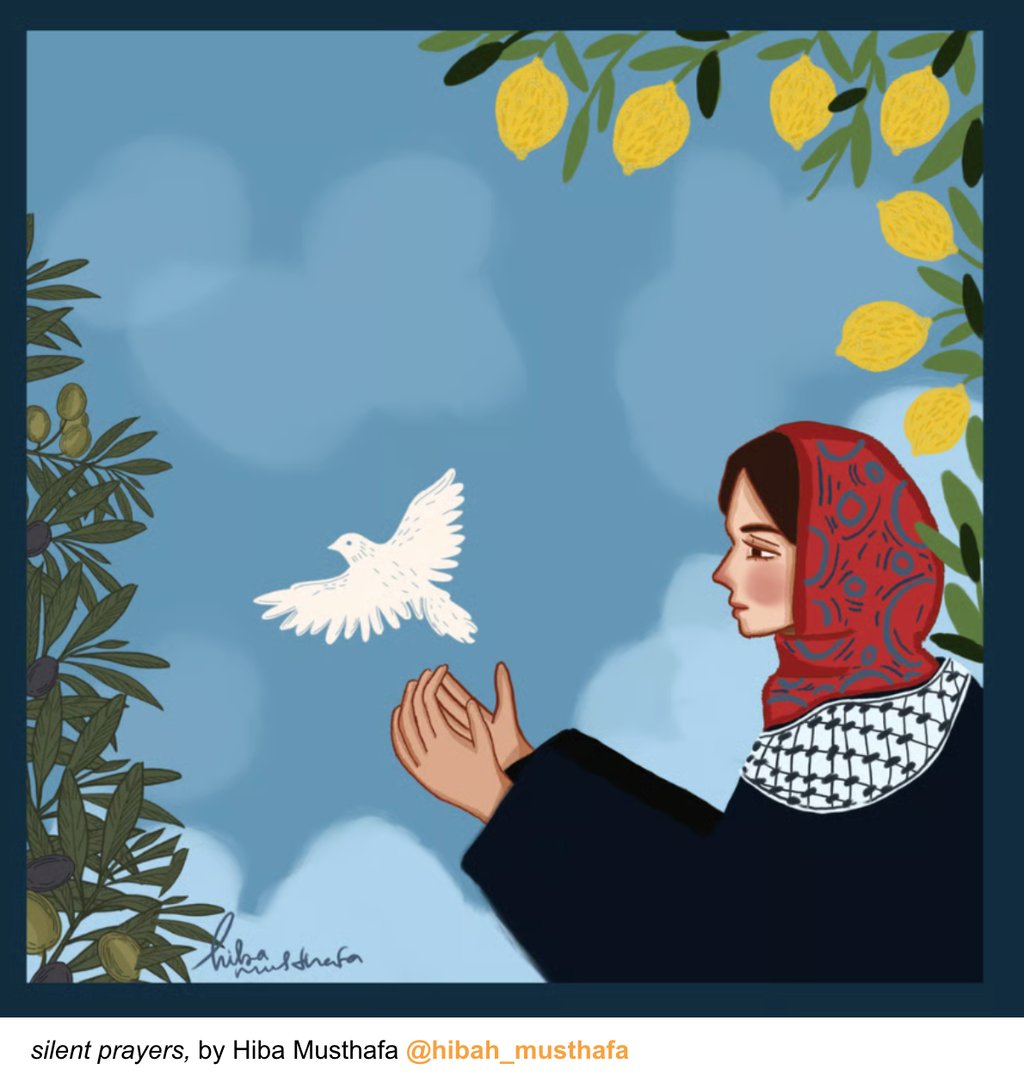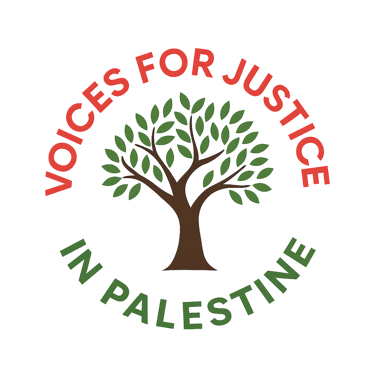The Current Situation in the West Bank
Israel’s annexation drive expands through daily raids, home demolitions, and land seizures. Palestinians across the West Bank face escalating violence aimed at erasing their presence from the land.
Rev. J. Mark Davidson
7/10/20253 min read


Usama Nicola, Citizens Diplomacy Project Coordinator at Wi’am’s Center for Palestinian Conflict Transformation, reminded the audience on a recent webinar – sponsored by United Methodist Kairos Response - that Yigal Alon, Israeli military leader and politician, called for the annexation of the West Bank in 1967. The Alon Plan contradicts the myth that the occupation and the growth of the illegal settlements somehow emerged in an unplanned way in recent decades. No, it was the plan from the start for Israel to seize the entire West Bank. It has been the prize that Israel wanted all along. Whereas in previous years, there was sufficient condemnation in previous US administrations and in the international community to scuttle Israel’s proposed annexation plans, now it appears the Trump administration is fully prepared to greenlight Israel’s full annexation of the West Bank. Settlers have put up banners in Palestinian villages throughout the West Bank that read, “No future in Palestine.” Since October 7, 2023, the Israeli Occupation Forces have ethnically cleansed over 40,000 Palestinians from refugee camps and private dwellings in the areas of Jenin, Nablus, Tulkarm, and Tuba. The villages of Masafer Yatta and Susiya highlighted in the Oscar-winning film, “No Other Land,” have been targeted for especially brutal raids. Throughout the West Bank, there have been 2,454 settler attacks, 16 Palestinians deaths, 390 injuries, 1421 incidents of damage to Palestinian property, and over 26,000 olive trees have been destroyed. Every day, new settler outposts go up, and there are new incidents of land confiscation. The Israeli government has approved a 5-yr. plan to grow the illegal settlements to 1 million settlers, and expanded infrastructure to support these increases. Already in 2025, construction tenders for over 10,000 new settlement housing units have been approved. All of this is completely against the will of the Palestinian people, and systematically and repeatedly violates their human rights. These abuses represent egregious violations of international humanitarian law. It also is a flagrant violation of American laws, such as the Leahy Law, the Arms Export Control Act, which prohibit military weapons being provided to a country that uses them to violate human rights.
Budour Hassan, a Palestinian feminist, writer, and Amnesty International’s Middle East and North Africa researcher investigating human rights violations in Israel/Palestine, remarked on the same webinar that the utter brutality of Israel’s genocide in Gaza is sending Palestinians in the West Bank the message that “This is your future.” However, Budour resisted the use of the phrase “the Gazafication of the West Bank,” the threat that the death and destruction and horrific disdain for human life the world witnessed in Gaza is coming to the West Bank. She pointed out that part of the responsibility we owe to the martyrs and the survivors in Gaza is to honor the uniqueness of their experience, and not to blur Gaza into other situations. The American-Israeli War on Gaza is a situation without exact parallel in Palestinian experience, not even in the Nakba, and should be treated as such. The decades of impunity Israel has enjoyed has contributed to the depths of dehumanization, the annihilation of the very infrastructure supporting life in Gaza. Budour Hassan also made a very important point when she insisted that she didn’t want Gaza to be linked only to brutality, but also to the beauty it possessed. Gaza will inevitably be linked, as certainly it should be, to the horrific scale of the violence that took place there. But it should also be remembered how beautiful Gaza City was. The “flowers of Beit Lahiya, the coastline, the boulevards…let them be remembered as well…”
Another important takeaway from this webinar was Budour’s honest admission that it is right to celebrate sumud, the brave resilience and steadfastness of the Palestinian people. Yet she wanted us to know that it is becoming “extremely difficult” for Palestinians in Gaza and also in the West Bank and East Jerusalem, and also for Palestinians living within Israel, to summon the will to keep living under the shadow of death. It is soul-crushing to know that nothing was able to prevent the genocide – not international law, not activism, not prayer, not solidarity visits, not high-profile resignations, not documentation of the atrocities. Nothing prevented Gaza. And it is still going on. She seemed to be asking, “Why should we think it will be any different in the West Bank?” She left us with the challenge: as the violence gets more brutal and the situation becomes more and more desperate, the friends of the Palestinian people must put maximum pressure on politicians and companies, on churches, on governments and arms manufacturers, to stop the violence. I was so grateful for Usama and Budour, for their honesty and their steadiness in the midst of unspeakable suffering, inspired by their example to continue the work.
